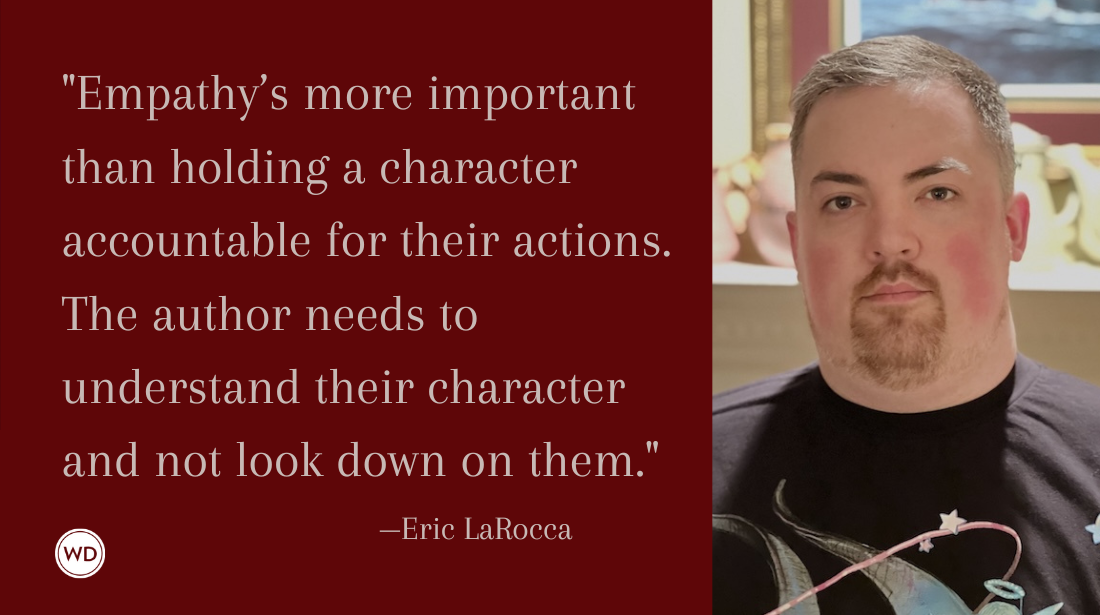For vs. Fore vs. Four (Grammar Rules)
Learn when to use for vs. fore vs. four in your writing with Grammar Rules from the Writer’s Digest editors, including a few examples.
For today's post, let's look at a few homophones, specifically for, fore, and four. One is a number, another is a preposition, and the other is most frequently exclaimed on golf courses. So let's take a look at when to use each.
For vs. Fore vs. Four
For is the preposition, and it's used in a variety of situations to indicate purpose, intentions, equivalence, and more. For instance, one may "go for the win," "trade this for that," or "ask for an extension."
Fore can technically be used as an adjective, preposition, or noun to indicate something that's positioned in the front (think about words like "foreground" and "foremost"). However, this term is probably most popular as the interjection frequently shouted on golf courses to alert people that they may be struck by an errant golf ball.
Four, last but not least, is a noun indicating the whole number that comes after three and before five.
Here are a few examples of for vs. fore vs. four:
Correct: She asked the bank for a loan.
Incorrect: She asked the bank fore a loan.
Incorrect: She asked the bank four a loan.
Correct: As soon as he hit the ball, he yelled, "Fore," to golfers on the other fairway.
Incorrect: As soon as he hit the ball, he yelled, "For," to golfers on the other fairway.
Incorrect: As soon as he hit the ball, he yelled, "Four," to golfers on the other fairway.
Correct: The four campers worked together to assemble their tent.
Incorrect: The for campers worked together to assemble their tent.
Incorrect: The fore campers worked together to assemble their tent.
So keeping these homophones straight: Remember that the "u" in "four" is a "number," while the shortest word "for" is a preposition, which only leaves "fore" as a word to shout when hitting errant shots on the links.
*****
Sometimes, the best way to improve your writing is to go back to basics, to revisit the things you should have been paying attention to in your high school English classes (we won’t tell!). Whether you’re writing freelance articles for publications, editing your novel draft, or trying to write more professional emails, the Writer’s Digest Guide to Better Writing offers more than 50 techniques, strategies, and grammar rules with practical, real-world examples to help improve your writing.
Robert Lee Brewer is Senior Editor of Writer's Digest, which includes managing the content on WritersDigest.com and programming virtual conferences. He's the author of 40 Plot Twist Prompts for Writers: Writing Ideas for Bending Stories in New Directions, The Complete Guide of Poetic Forms: 100+ Poetic Form Definitions and Examples for Poets, Poem-a-Day: 365 Poetry Writing Prompts for a Year of Poeming, and more. Also, he's the editor of Writer's Market, Poet's Market, and Guide to Literary Agents. Follow him on Twitter @robertleebrewer.








